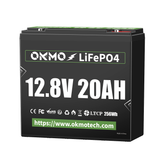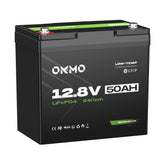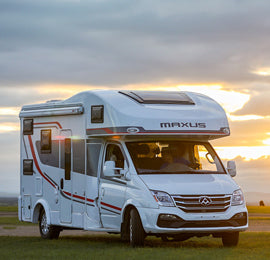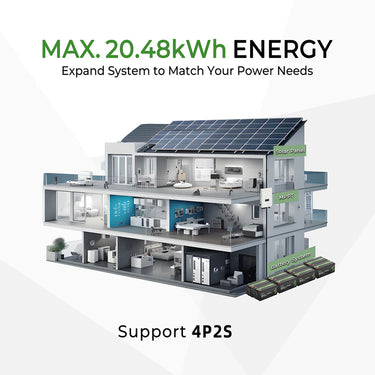Battery for an Electric Scooter: Mainstream Choices and Specifications Explained

In the core components of electric scooters, the battery plays the role of the "heart," directly determining the vehicle’s range, power performance, and lifespan. Understanding current mainstream battery types and specifications is crucial for purchasing, maintaining, or upgrading scooters.
Mainstream Battery Types: The Evolution of NMC/NCA vs. LiFePO4
-
NMC/NCA Lithium Batteries:
-
Former Mainstream: Due to their high energy density (storing more energy per unit weight or volume), NMC/NCA batteries were the dominant choice for electric scooters (especially mid-to-high-end and lightweight models) for a long time. This enabled longer range and lighter frames.
-
Advantages: High energy density, relatively better low-temperature performance.
-
Disadvantages: Safety concerns (lower thermal stability than LiFePO4, slightly higher risk of thermal runaway in extreme cases), cycle life typically lower than LiFePO4 (~500-800 cycles before significant degradation), and relatively higher cost.

-
-
Lithium Iron Phosphate (LiFePO4) Batteries:
-
Current Strong Trend: In recent years, LiFePO4 batteries have seen rapid growth in electric scooters, especially in mid-to-high-end models prioritizing safety and longevity. Their market share is quickly catching up to or even surpassing NMC/NCA in some segments.
-
Core Advantages:
-
Exceptional Safety: Extremely high thermal stability, resistant to overcharging and high temperatures; unlikely to catch fire or explode in extreme conditions. Safety is its biggest selling point.
-
Ultra-Long Cycle Life: Typically reaches 2,000–3,000+ cycles (retaining 80% capacity), far exceeding common NMC batteries. This translates to longer battery life and lower long-term costs.
-
Strong Stability: Gradual performance degradation and good consistency.
-
Rising Cost-Effectiveness: Technological advances and mass production have significantly reduced costs, making them increasingly competitive.
-
-
Disadvantages: Energy density still slightly lower than top-tier NMC batteries (meaning slightly heavier or bulkier for the same capacity), and low-temperature performance lags behind NMC (though improvements have mitigated this issue).
-
 Conclusion: The market currently features both NMC and LiFePO4, but LiFePO4 is rising strongly. NMC batteries retain relevance in specific high-performance or lightweight models prioritizing extreme energy density. Meanwhile, LiFePO4 batteries, with their unparalleled safety, ultra-long lifespan, and growing cost-effectiveness, are becoming the preferred choice for mainstream mid-to-high-end electric scooters, representing the future direction of durability and safety.
Conclusion: The market currently features both NMC and LiFePO4, but LiFePO4 is rising strongly. NMC batteries retain relevance in specific high-performance or lightweight models prioritizing extreme energy density. Meanwhile, LiFePO4 batteries, with their unparalleled safety, ultra-long lifespan, and growing cost-effectiveness, are becoming the preferred choice for mainstream mid-to-high-end electric scooters, representing the future direction of durability and safety.








